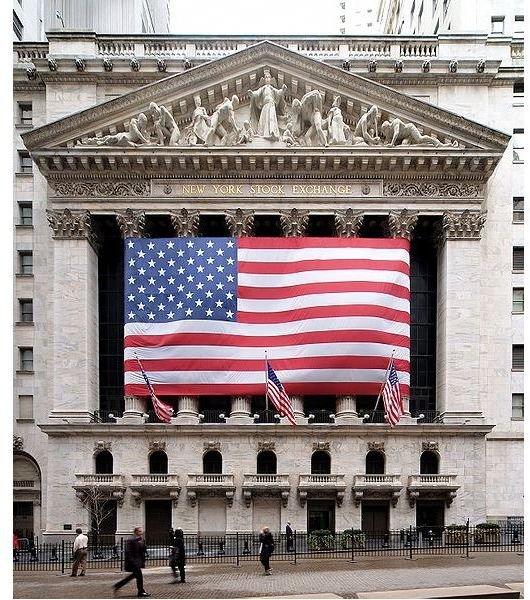What are the Characteristics of Investment Fraud?
Introducing Investment Fraud

The complexity of frauds and dishonest activity in the investment world can be overwhelming and confusing to the novice investor. Ultimately, investors need to understand the basic characteristics of investment fraud and what steps they can take to protect themselves and their money. Though steps can be taken to avoid fraud and limit its impact, it is very difficult for investors to avoid it completely. Investigation of investment fraud is a shared responsibility of several agencies including law enforcement and specialized government regulators such as the Securities and Exchange Commission (SEC).
Investment Fraud Laws
Many of the key investment fraud laws in the United States date back to the 1930s when the Securities and Exchange Commission was established in the aftermath of the 1929 stock market crash. The laws discussed in this section contain the main characteristics of investment fraud. Though the scale and global nature of the investment industry often means that laws from different states and countries apply in a given fraud, this article focuses on U.S. law.
-
Investment Company Act of 1940: This law defines the responsibilities of mutual fund firms and other companies that sell investments to the public. Failure to provide information to investors or providing false information to investors may be considered a type of investment fraud.
-
Securities Exchange Act of 1934: Types of investment fraud defined in this law include failing to provide accurate corporate reports to the SEC, insider trading, and disclosure.
-
Sarbanes-Oxley Act of 2002: Enacted after the collapse of Enron, this law imposes stronger accounting rules on companies. Enron was accused of manipulating its financial information and accounting statements, which misled investors about the true state of the firm.
Common characteristics of investment fraud include providing false or incomplete information to investors, using one’s position and “insider knowledge” of a company to sell investments, and submitting false documents to regulatory agencies.
How To Protect Yourself From Investment Fraud
The FBI, investor associations, and other organizations provide advice to investors seeking to guard themselves against investment fraud. Fundamentally, the best way to protect yourself from fraud is to be skeptical and ask questions whenever someone advocates a specific investment. Remember that investment fraud can be perpetrated by brokers, public companies, executives, accountants, and other members of the business community.
Look for these warning signs when making an investment:
-
Consistently good returns: The Bernie Madoff Ponzi scheme was famous for producing excellent investment returns even when the stock market experienced trouble. Normal, reputable investments tend to experience declines from time to time.
-
Investment account errors: Regularly review your investment account activity, trades, and balances to see if any funds are missing or whether any unauthorized activity has taken place. While such errors can be an honest mistake, they may also indicate investment fraud.
-
Unregistered investment products: If a salesperson encourages you to buy a particular investment but you cannot locate further information about it like stock price history, company history, or other details, you may be dealing with a potential investment fraud.
-
Pushy or aggressive brokers: In some situations, aggressive sales tactics can indicate fraud. If you doubt the record of the broker you are dealing with, check his or her records at the Financial Industry Regulatory Authority (FINRA)
References
This introduction to common characteristics of investment fraud helps investors spot potential frauds and protect their money. The references provided in this section provide additional definitions and examples of investment scams that can impact investments.
- Avoiding Investment Scams, https://www.finra.org/Investors/ProtectYourself/InvestorAlerts/FraudsAndScams/P118010
- Common Fraud Scheme, https://www.fbi.gov/scams-safety/fraud
- Image Credit: Wikimedia Commons/Arnoldius
- The Laws That Govern the Securities Industry (SEC), https://www.sec.gov/about/laws.shtml
- Securities Exchange Act of 1934, https://www.sec.gov/about/laws/sea34.pdf